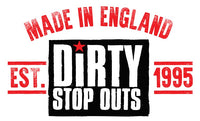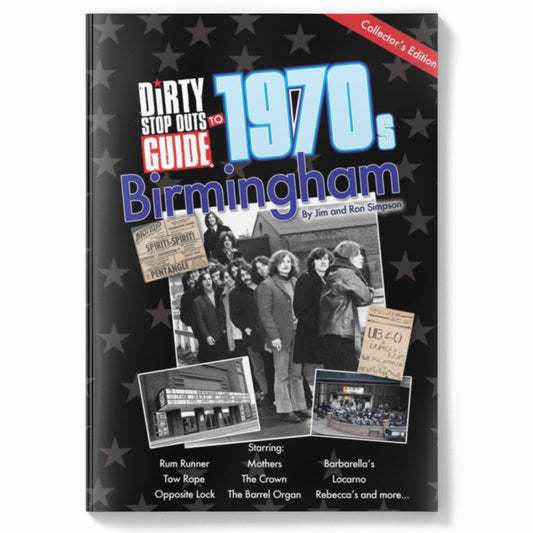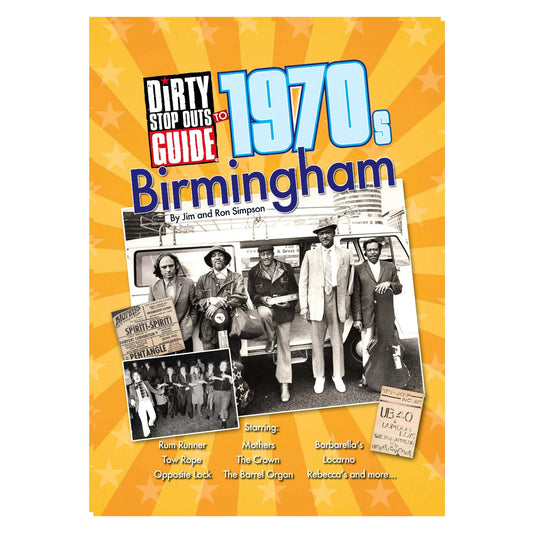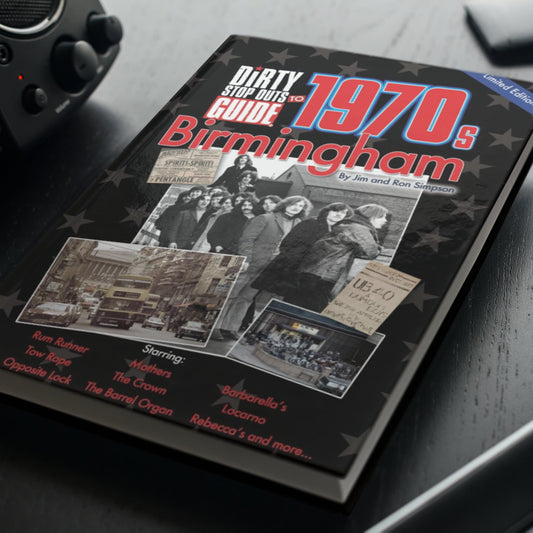
Ballroom dancing was the preferred leisure pastime for millions in the 1950s. It was reckoned to be the second-largest entertainment industry in 1953 with annual admissions at dancehalls running at a staggering 200 million. You also needed to learn a few moves before you stepped into the lion's den.
Haydn Anderson: “It was accepted practice to attend a dance class at an early age. I think I attended my first one when I was still at school. I learned about three steps and kept repeating them. It was all a means to an end.
“The two main schools in Sheffield were Constance Grants on West Street and Alfred Golds on St Paul’s Parade by the Peace Gardens where I used to go.”
“We went to our first dance at the Cutlers’ Hall.
“What we failed to realise was that there were actually two separate dances taking place – upstairs was old-time dancing for the older generation and downstairs was modern which we wanted. Unfortunately, we ended up buying tickets for the old-time without realising. We were horrified when we walked in. I can remember one of the lads going up to one of the older ladies and saying: ‘Can I have the next dance missus?’ There was all old-time waltzes and all kinds. He got his dance though but it wasn’t the place to be meeting girls.
Haydn Anderson, like hundreds of others, ended up becoming a regular at the modern dances at the likes of the City Hall Ballroom, the Locarno and others.
He said: “We’d meet in the Landsdowne pub across the road before we’d go dancing at the Locarno. “You had to be in the dance by 10pm sharp. Most of lads had to have had a drink in order to pluck up the courage to ask a girl to dance. It was called Dutch Courage! There was no alcohol sold at the dances in the early days.”
Girls would normally be on one side of the City Hall Ballroom and the boys on the other and it was normally up to the men to pluck up the courage to ask the opposite sex for a dance. It was the setting for an entire generation to meet their future partners and the scene was played out at ballrooms right across the country.
It could be an awe-inspiring setting and very nerve-racking for a first-timer. Hundreds of young people in their late teens looking to catch the eye of a potential partner; a crowded dance floor; conversation regularly limited to the quality of the house band and the smell of Brylcreem, cigarettes, hairspray and floor polish.

Gretta Ellis: “There was every kind of person under the ballroom lights: the shy ones, the show-offs, the well dressed, the shabbily dressed, the hard cases and the odd drunk and everything in between.
“All anyone was really interested in was getting a dance. People got more and more desperate as the clocked ticked towards the end of the evening and another weekend was at an end. There was a lot of peer pressure.
Compared to today’s alcohol-infused mating-game-style carnage, the dance hall scene seems totally innocent.
Management was on the whole respectable, dress codes were upheld and they were largely not licensed for alcohol.
Until the rather more gymnastic, jive took over they were largely places where punters followed very strict codes of ballroom dancing (‘slow, slow, quick, quick, slow’) and looked up to prominent bandleaders of the day like Joe Loss and others.
But for all their appeal, there was still another leisure pastime that outshone everything else, the silver screen.
In 1952 the British were spending an annual sum of £100 million on trips to the cinema: twice as much as the total amount spent on other leisure pastimes popular in the era like concert halls, theatre, dance halls, sporting events and more.
Cinemas were in every single suburb of every single town and city and it wasn’t unusual for people to regularly go on their own.
One of the most popular genres of the time was, unsurprisingly, the British war film. The Cruel Sea (1953), The Dam Busters (1955), Reach for the Sky (1956) were all massive but little could touch The Bridge on the River Kwai (1957) which was country’s biggest international success of the decade.
Though many now see it as a decade when creativity was in the doldrums there really was an amazing mix of cinematic entertainment.
Comedy, which many agreed was a far more preferable way to put thoughts of World War Two behind them, was the next most popular genre of the age. Forerunner to Monty Python, The Goon Show, was hugely popular.
The era helped bring the likes of Norman Wisdom and Peter Sellers to prominence and spawned a number of successful series like the gaudy but much loved Carry On series, St Trinians and the Doctor series launched with the all-conquering Doctor In The House (1954).
The rise of Hammer and its stable of lurid horror mixed with eroticism caused more than a little stir in certain areas of the press. The Curse of Frankenstein (1957), which made stars of Peter Cushing and Christopher Lee, was labeled as amongst the most repulsive films ever seen by Observer reviewer C. A. Lejeune. It was probably the best piece of publicity it could have hoped for.
The next year it followed with an even bigger hit in the shape of Dracula (1958).
By the end of the era, despite plenty more hit films, television was getting its claws into cinema audiences and they were depleting fast.
The Rank Organisation closed 79 of its cinemas in 1956 and Associated British Picture Corporation closed 65 a year later.
The golden age of the cinema was over… For a while at least.





